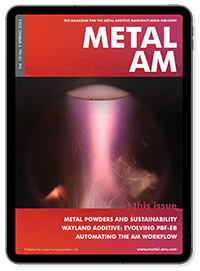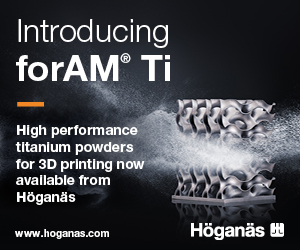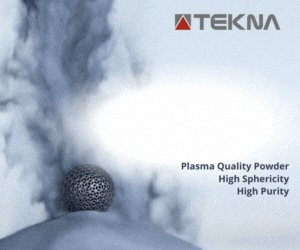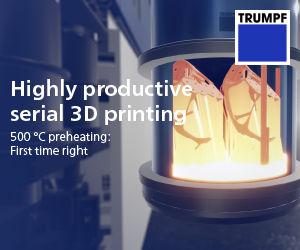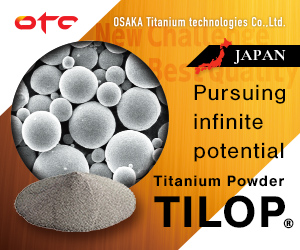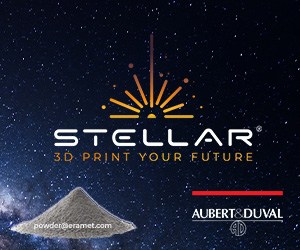SPEE3D adopts corrosion resistant stainless steel for use in oil and gas sector
September 10, 2021
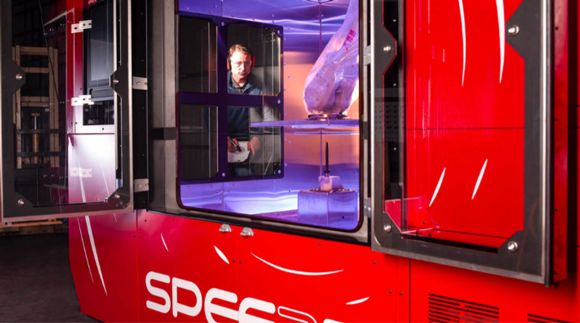
SPEE3D, Melbourne, Australia, has added 316L stainless steel to the list of materials that can now be used with its cold spray metal Additive Manufacturing machines, opening up applications in the oil and gas sector that rely on the corrosion resistant material. The latest development follows financial support from National Energy Resources Australia (NERA), a federally funded industry growth centre which aims to drive growth and productivity in the energy resources sector.
“Stainless steel is used very extensively in the oil and gas industry and when parts break or need replacing,” stated Byron Kennedy, CEO. “Waiting for something to be delivered to a remote location or repaired on site can cause extremely costly delays. SPEE3D’s on-site printing of 316L stainless steel means these delays can be overcome, and a new part can be printed and installed in a far shorter timeframe.”
SPEE3D machines use a cold fusion process where compressed air is used to fuse powders, meaning no volatile gases or heat sources are required to bond layers together. Component production is reported to be up to 1000 times faster than traditional metal AM technology.
NERA first partnered with SPEE3D in 2018 to help develop the WarpSPEE3D machine, designed to additively manufacture large-scale parts commonly found in the oil and gas sector. Since then, NERA has supported the redesign and re-engineering of SPEE3D’s machines to enable the use of 316L stainless steel.
“NERA’s support in the development of our ability to print 316L stainless steel has been crucial,” commented Steve Camilleri, SPEE3D’s co-founder. “We’re confident being able to print stainless steel on demand will attract many industries to SPEE3D’s technology, particularly within the oil and gas sector, and undoubtedly bring new collaboration, sales, and export opportunities.”
“Manufacturing stainless steel parts using SPEE3D technology will completely redefine Additive Manufacturing’s place within the sector. For the first time the supply chain will be able to source parts on demand, and substantially reduce cost,” Camilleri continued.
Miranda Taylor, CEO, NERA, added, “SPEE3D’s movement into producing stainless steel as a 3D printed part is really critical because – as is the case with oil and gas – there are a number of sectors in which steel is the medium of choice. The ability to produce those products at point of need using stainless steel will open up a whole new world for SPEE3D.”




